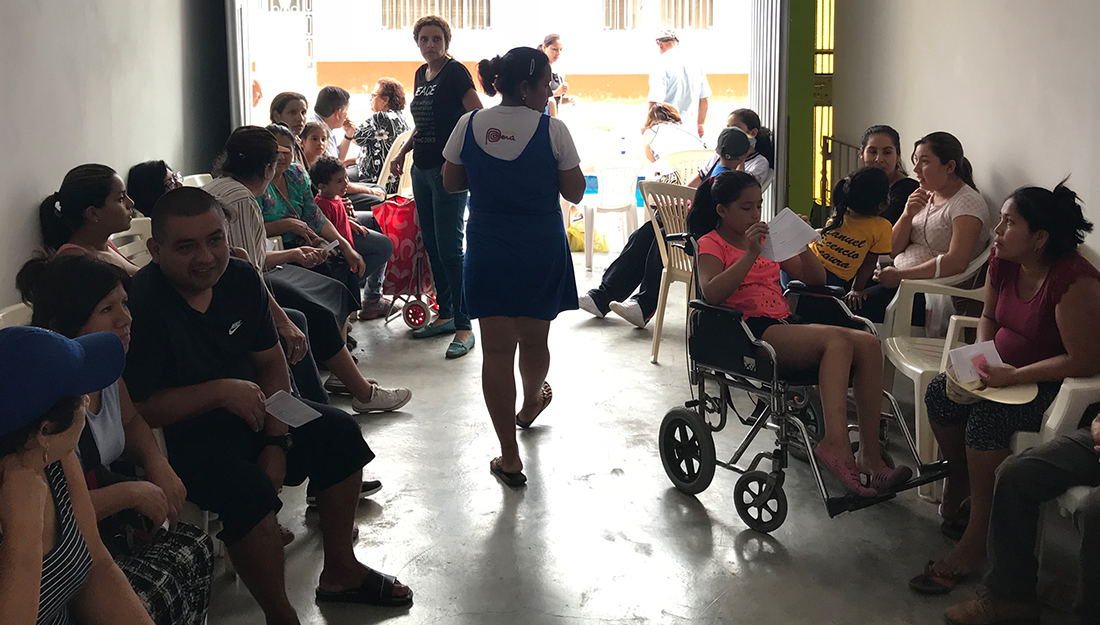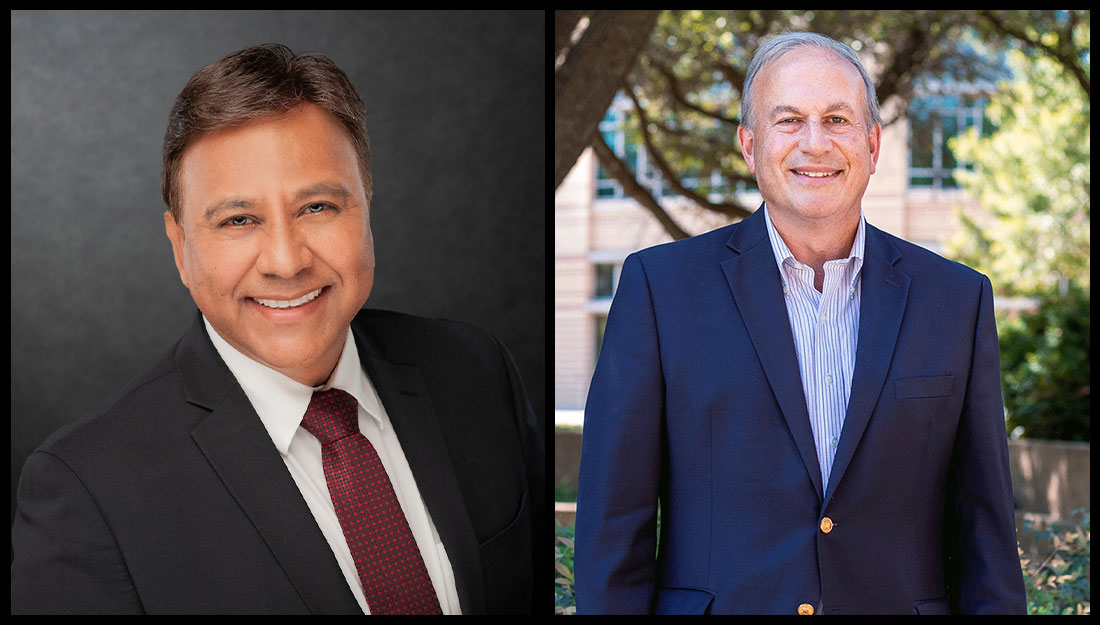Service without borders: Spring Break mission trip to Peru

This spring break, students from the Texas A&M College of Medicine Christian Medical Association (CMA) embarked on a five-day medical mission trip to Lima, Peru. Forty-six volunteers—pre-med, nursing and medical students, in addition to nine physicians—provided free medical care to nearly 1,200 patients. This care included diagnosing illnesses, prescribing medication and offering health education.
For the past 20 years, Texas A&M’s CMA has led similar mission trips to treat underserved patients to developing nations such as Mexico, Uganda and Peru. Students provided medical care with the help of physician faculty, gaining extensive experience while serving a community in need of health care.
Courtney Welch, second-year medical student and president of CMA, served as a trip coordinator to recruit volunteers, raise funds, organize supplies and make travel arrangements.
“We hold medical clinics that act like a primary care center, where we do wellness checks and provide for health maintenance needs,” Welch said. “Working in a makeshift clinic with the equipment we brought, we do what we can to help the people of Peru who don’t have access to health care.”
Each day, the students took their own medical supplies to set up the temporary clinic including alcohol wipes, blood pressure cuffs, thermometers, scales, syringes, tongue depressors and some medication, which were crucial to treat patients—young and elderly, women and children. Although most medication was purchased in Peru, others were donated and brought from the U.S. The partner church provided assistance in the mission, going with the volunteers to each location, serving meals and organizing the patient flow through the clinics. Patients came from both the city and the countryside, one patient even traveled 24 hours to reach the medical care provided by the team.
“Through experiences like this trip, we learn how to relate to one another. We find a human connection that reaches beyond our differences. It is something that will help us as we move forward in our careers whether here or abroad,” Welch said.
The experience also teaches students the importance of working in dynamic situations that can be less than ideal. When Welch participated in the Peru mission trip as a first-year medical student leader, there was a flood in Peru, and many homes were washed away. The medical team used a church on high ground as a makeshift clinic. The floods limited the ability for patients to come to the clinic, so the medical team went on foot to access a patient in a remote village who was extremely ill, and provided her with the necessary medication.
Welch noted that as a medical professional, one has a unique opportunity to be part of someone’s life, helping them at a time of need, and described medical mission work as a calling.
“After going through a mission trip like this, you know why you are in medical school. You go back to the heart of why you do this: It’s for the patients,” she added. “You get a renewed sense of purpose and energy. Providing safe, compassionate service to patients who may otherwise not have adequate health care is one of the biggest, most positive impacts I can have in the field of medicine. Many of us don’t choose this profession for the money, prestige or recognition. We do it for the single mom, the widow or the businessman. We do it for the people in Peru who are in need. We share our gift with those most in need, no matter the geographic location.”
Media contact: media@tamu.edu


